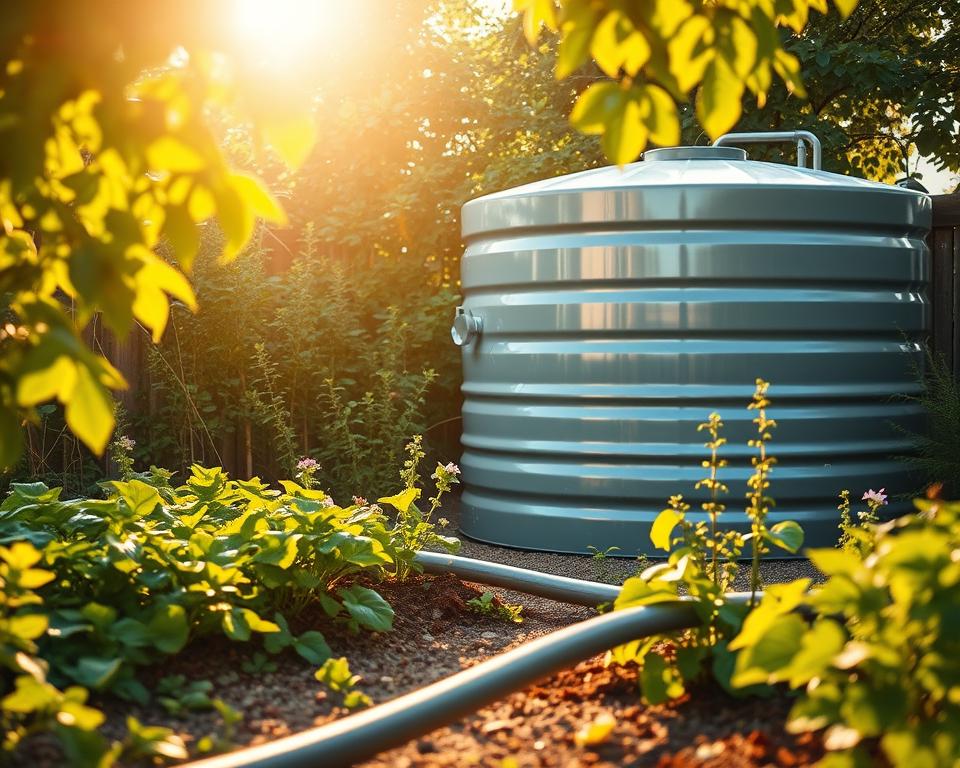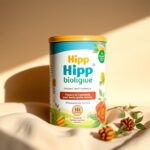Camper Water Tank plus Pump: – Comprehensive Handbook
Ever thought how seasoned RVers ensure perfect water flow while boondocking? It’s chiefly due to your RV water Tank and Pump. Whether you’re venturing into national parks or a simple weekend retreat, getting a grip on your RV’s water system is vital. The following guide we break down the fundamentals: the components, maintenance, and strategies for smooth travel. Knowing each element, from the pipework to Tank filling, secures water is always ready during your journeys – RV sewer pump service near me.
Essential Highlights
- Mastering the RV water system enhances your travel fun.
- The RV water Tank and Pump are indispensable for a consistent water supply.
- Consistent upkeep extends the longevity of your RV plumbing.
- Knowing how to fill your Tank correctly can avert future issues.
- Troubleshooting your water Pump can rescue you from surprise problems.
Breaking Down RV Water Systems
RV water systems consist of two principal parts: the fresh-water setup and the grey/black-water mechanism. The fresh side includes several key elements like the water Tank, Pump, and faucets, echoing home plumbing yet tailored for the mobile needs of living on the move.
Ensuring clean water is paramount for the system’s performance. It guarantees the health of all passengers. It’s important to keep the RV plumbing in excellent order through scheduled maintenance – including proper drainage to prevent leaks and other issues. Proactive inspections enable RV enthusiasts avoid water-related mishaps during their journeys.

Why You Need the RV Fresh-Water Tank
The RV fresh-water reservoir is indispensable for a seamless journey. It holds the fresh water required for drinking, cooking, and cleaning. The capacity of this Tank changes with each RV model, impacting how much water can be stored – and this directly influences how long you can travel before requiring a refill.
Ensuring the RV water Tank clean is vital. Regular cleaning prevents harmful contaminants, ensuring water stays safe for use. Neglecting maintenance can cause bacteria or algae growth, rendering the water hazardous.
Appreciating the RV water Tank’s role streamlines water management on the road. Diligent upkeep and timely refills provide a care-free experience. It’s crucial to have ample water for all travel needs, guaranteeing a trouble-free RV adventure.
How to Fill Your RV Water Tank
Filling your RV water Tank calls for attentive action to confirm it’s done correctly. There are two main methods: gravity-feed filling and pressure filling. Perfecting these techniques noticeably improves your RV water routine.
Gravity-feed is simple. You just need a potable water hose. Hook up this hose to a water source, then to the fill opening, and let gravity do the rest. Always keep an eye on the water level to prevent spills.
Pressure filling uses a city water connection, offering faster fill times. You should use a pressure regulator to manage water flow. Attach the hose from the municipal source to your RV. This approach delivers quick and consistent supply to your reservoir.
Whichever method you prefer, adhere to these key safety tips: Always monitor the Tank when filling to prevent overflow, and draw only safe water to avoid health issues. Mastering these filling and safety techniques will render your RV trips even more enjoyable.
RV Water Tank and Pump: Parts in Focus
The RV Tank-and-Pump combo are integral to any RV’s plumbing system, delivering a steady and dependable water supply for all your needs. The RV water Pump’s main job is to draw water from the Tank, ensuring clean water is always ready. That’s key for cooking, cleaning, and showering.
RV plumbing utilises different Pump types, each with unique benefits. Diaphragm-style Pumps are prized for their steady water pressure, while centrifugal pumps are prized for ease and efficiency. It’s wise to weigh flow rate, noise, and installation ease when choosing your Pump.
To conclude, the RV Tank-Pump pair are indispensable to your water system’s operation. A reliable Pump secures strong pressure and smooth flow, enhancing your overall travel experience.
Choosing the Perfect RV Pump
Choosing the appropriate RV water Pump is vital for your plumbing’s best performance. When picking a Pump, weighing various points is important for a great camping experience. Ensuring it pairs with your RV’s water system is key.
Keep these primary aspects in mind:
- Flow Rate: Choose a Pump with a flow rate that meets your usage requirements. A higher flow means faster reservoir refills.
- Pressure Ratings: Your RV’s various fixtures set the required pressure levels. Pick a Pump whose specs match those needs for smooth operation.
- Noise Levels: Noise can be an issue with some Pumps. For peace and quiet, compare models for their noise output.
Brands like SHURflo and VEVOR are favourites for many RVers, providing unique features. A detailed assessment of these brands will guide your purchase process.
Grasping these factors is not only crucial for the proper purchase but also equips DIY tinkerers with key know-how for upkeep and replacements.
Hooking Up to City Water for Your RV
Connecting your RV to city water provides an effortless supply of fresh water, letting you bypass just using your Tank. This delivers a more comfortable camping experience. Make sure to follow safe steps for a successful hookup.
First, locate the city water connection port on your RV. It’s commonly marked by a white or black connector, sometimes labelled for ease. Use a potable water hose rated for RVs; this grade of hose protects your water safe from contaminants.
It’s wise to attach a pressure regulator before making the connection. This fitting safeguards your plumbing by moderating the water pressure. With the regulator in place, connect the hose from it to the water source.
Once connected, monitor the water pressure. Aim for a steady, gentle flow to avoid hose damage. Inspect your hoses regularly for any wear or leaks and promptly replace parts as needed.
Following these steps for city hookup improves your camping convenience and assists in maintaining your RV’s condition.
Caring for Your RV Fresh-Water Tank
Making sure your RV’s water Tank is in good order is essential for safe, clean water while out on adventures. A well-maintained Tank wards off bacterial growth and contamination. To begin, periodically sanitise the Tank: combine water with a bit of bleach for an effective residue-free clean.
It’s crucial to look for leaks and monitor Tank pressure. Regular checks can spot problems early, preventing expensive fixes. A solid schedule maintains the water system in excellent health.
For optimal maintenance, use a checklist:
- Check water levels and quality frequently.
- Sanitise the Tank every six months with a bleach solution.
- Inspect for seepage in the Tank.
- Monitor Tank pressure and Pump function.
- Flush the Tank to clear any sediment buildup.
RV Water Pump Diagnostics
RV water Pump issues can be vexing, disrupting travel plans unexpectedly. Encountering strange noises, experiencing low pressure, or suffering complete Pump failure are typical problems. Knowing how to troubleshoot these issues can greatly enhance your trips.
If you hear odd sounds from your Pump is usually a problem. First step is to check for loose connections and secure them. When confronted with low water pressure, checking hoses and fittings for leaks. Even a minuscule leak can dramatically affect flow, early troubleshooting is essential.
If your Pump stops completely, check electrical connections. Start with examining the Pump’s fuse. If the fuse is fine, continue diagnosing for wear or damage.
A methodical approach isolates and fixes water system issues. Routine maintenance and inspection secure hassle-free journeys.
| Issue | Possible Cause | Suggested Solution |
|---|---|---|
| Strange Noises | Loose connections | Tighten fittings |
| Low Pressure | Leaky hoses/fittings | Find & seal leaks |
| Pump Failure | Electrical fault | Check fuse/wiring |
| No Water Flow | Blocked lines | Flush obstructions |
Best Practices for Effective RV Water Use
Boondocking in off-grid areas typically entails limited water access. Economical use in your RV is vital. By embracing smart conservation tactics, you not only manage resources well but also elevate camping satisfaction.
For maximum efficiency of water while travelling, use these tips:
- Take quick showers – aim for under five minutes.
- Install water-saving fixtures like low-flow showerheads and faucets.
- Reuse used water: dishwater can flush toilets or water plants.
- Monitor Tank levels regularly to avoid overflow.
- Plan water stops in advance: know filling stations along your route.
In Closing
Mastering the ins and outs of your RV water systems is central to a fulfilling travel adventure. The water Tank & Pump are at the core of this, needing consistent upkeep. By servicing these systems, you secure a dependable supply and avoid potential snags.
Routine troubleshooting and checks reduce stress and spare time. Being proactive about upkeep is essential, particularly when you’re far from help. Proper care allows you to optimise water use, boosting comfort for everyone.
On your next outing, keep this guide to tame your RV’s water systems. Smart decisions about plumbing and equipment prepare you to embrace the freedom of the road. Wishing you joyous and smooth travels ahead!


